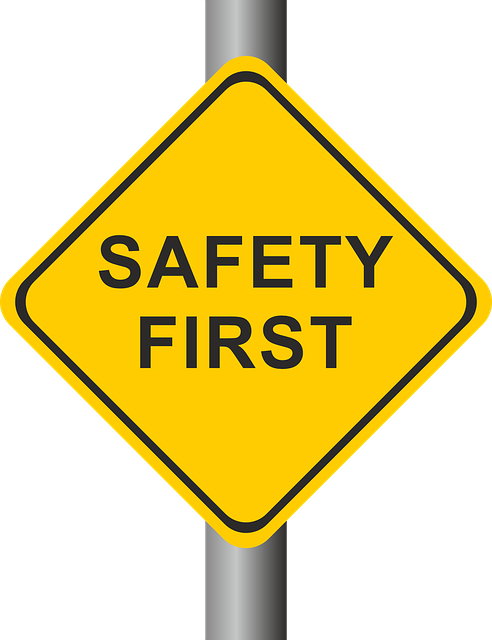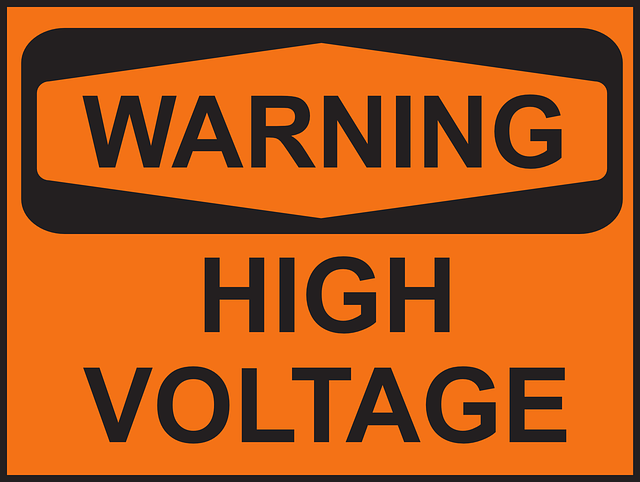In the transportation sector, prioritizing passenger safety through rigorous driver background screenings is paramount. These comprehensive checks, which include verifying driving records, employment history, and criminal backgrounds, identify potential risks and promote accountability among drivers. Effective commercial driver verification goes beyond basic licensing, ensuring only qualified and trustworthy individuals operate vehicles. By implementing advanced screening methods, such as real-time validation of commercial driver licenses (CDLs), companies maintain industry standards, protect passengers, and build public trust, thereby fostering a safer and more reliable transportation industry.
In today’s digital era, ensuring transportation safety through robust commercial driver verification is paramount. With a growing focus on passenger safety and industry compliance, understanding the intricacies of driver background screening becomes essential. This article delves into the critical components of comprehensive driver certification checks, highlighting the role of background checks in preventing accidents and fostering a safer transportation landscape. Key topics include passenger safety requirements, navigating industry laws, and best practices for effective vehicle operator screening.
- Understanding the Importance of Commercial Driver Verification
- The Role of Background Screening in Transportation Safety
- Key Components of a Comprehensive Driver Certification Check
- Passenger Safety: Ensuring Transporters Meet Requirements
- Navigating Transportation Industry Compliance Laws
- Best Practices for Effective Vehicle Operator Screening
Understanding the Importance of Commercial Driver Verification

In the dynamic landscape of transportation, ensuring passenger safety and maintaining industry compliance is paramount. Effective commercial driver verification plays a crucial role in achieving these goals. Going beyond basic licensing, comprehensive background checks in transportation, including driver background screening, serve as a robust defense against potential risks. By delving into the past of vehicle operators, organizations can identify red flags, protect vulnerable passengers, and uphold regulatory standards.
Commercial driver verification processes are designed to capture subtle yet significant details that might elude initial scrutiny. These checks encompass not just driving history but also any previous legal issues, drug or alcohol use, and behavioral patterns indicative of potential hazards. Incorporating such safety measures is vital for the transportation industry’s compliance with regulations aimed at minimizing accidents and fostering a culture of accountability among drivers.
The Role of Background Screening in Transportation Safety

In the transportation industry, ensuring passenger safety is paramount, and that starts with verifying the credentials of commercial driver license holders. Comprehensive background checks play a crucial role in this process, serving as a robust defense mechanism against potential risks. By delving into the applicant’s history, including their driving record, employment verification, and any relevant criminal or legal inquiries, these screenings provide a holistic view of an individual’s suitability for operating vehicles carrying goods or people. This meticulous approach helps identify individuals who might pose a threat to road safety or the well-being of passengers, thereby fostering a culture of accountability and compliance within the industry.
Driver background screening is not just about uncovering past transgressions but also about predicting future behavior. Certain criminal offenses, for instance, can be indicators of potential issues that may resurface. Therefore, these checks are instrumental in maintaining the integrity of the transportation sector, ensuring that only qualified and trustworthy individuals gain access to vehicles. This proactive measure ultimately contributes to minimizing accidents, enhancing passenger safety, and promoting the overall efficiency of the transportation industry’s compliance mechanisms.
Key Components of a Comprehensive Driver Certification Check

In the realm of commercial transportation, ensuring the integrity and validity of driver licenses and certifications is paramount for passenger safety and transportation industry compliance. A comprehensive driver certification check involves several critical components that act as the backbone of effective background screening in the transportation sector. These include verifying the authenticity of the driver’s license through secure databases, cross-referencing it with regulatory records, and conducting thorough passenger safety background checks.
The process encompasses not just the driver’s qualifications but also their history, including any disciplinary actions, accidents, or pending legal issues. This multi-faceted approach ensures that vehicle operators meet the highest standards of safety and professionalism. Moreover, it facilitates transportation industry compliance by deterring individuals with compromised records from operating commercial vehicles, thereby enhancing overall transportation safety checks.
Passenger Safety: Ensuring Transporters Meet Requirements

Passenger Safety: A Key Aspect of Commercial Driver Verification
In the transportation industry, ensuring passenger safety is paramount. Background checks in transportation play a pivotal role in this regard by facilitating commercial driver verification and enhancing overall safety measures. Thorough driver background screening processes are essential to maintain the integrity of the sector. These screenings go beyond simple license validation, delving into an individual’s driving history, including any past violations, accidents, or legal issues. By conducting these checks, transporters can identify potential risks associated with employing certain drivers and take appropriate actions to mitigate them.
Transportation safety checks should encompass a comprehensive review of certifications, such as those related to vehicle operation, safety training, and specialized endorsements. Ensuring that vehicle operators possess the necessary qualifications and meet industry standards is critical for preventing accidents and maintaining compliance. Passenger safety background checks not only protect vulnerable individuals but also contribute to building public trust in the transportation system, fostering a culture of accountability and responsibility within the industry.
Navigating Transportation Industry Compliance Laws

Navigating the complex landscape of Transportation Industry Compliance Laws is paramount for businesses aiming to operate safely and legally. With regulations designed to safeguard passengers, goods, and public safety, every entity involved in the transportation sector must adhere strictly. Background checks in transportation play a pivotal role in this process, ensuring that only qualified, trustworthy individuals gain access to vehicles and are authorized to operate them. Commercial driver verification, including meticulous passenger safety background checks and vehicle operator screening, is not just a legal requirement but also a vital step in mitigating risks associated with human error and potential security threats.
Companies must implement robust procedures for commercial driver license (CDL) verification, going beyond simple visual inspection. This involves cross-referencing driver records with relevant authorities to confirm certifications, licenses, and any disciplinary actions or pending cases that could impact their fitness to drive. By integrating advanced screening methods, businesses can stay compliant with transportation safety checks, thereby fostering a culture of accountability and reliability throughout their operations.
Best Practices for Effective Vehicle Operator Screening

Implementing robust best practices for vehicle operator screening is paramount in ensuring transportation safety and industry compliance. One of the most effective strategies involves conducting thorough background checks on all commercial drivers, encompassing their driving history, employment records, and personal information. These comprehensive assessments help uncover potential red flags, such as prior accidents, traffic violations, or legal issues, which could impact a driver’s fitness to operate heavy vehicles safely.
Additionally, integrating digital verification methods for commercial driver licenses (CDLs) enhances the accuracy and efficiency of screening processes. Electronic systems enable real-time validation of CDL credentials, ensuring their authenticity and current status. This technology also facilitates regular updates, as license renewals and endorsements are promptly reflected in the database, thereby maintaining a current record of each vehicle operator’s qualifications.














